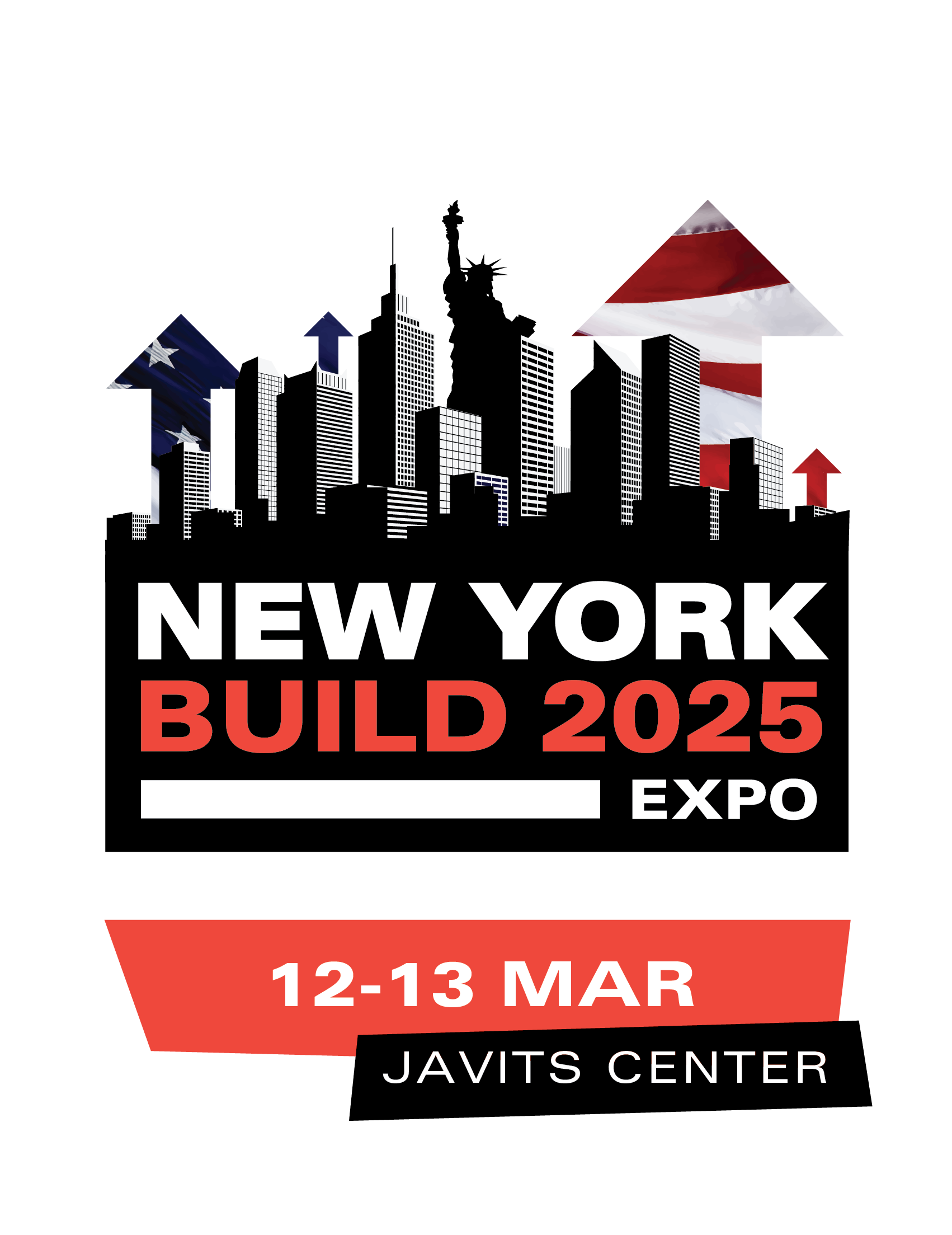NYC Prepares to Implement Large Building Emissions Limits
)
Construction firms are poised to play a key role in cutting New York City’s greenhouse gas emissions as large building owners move to comply with a local law limiting emissions from their properties. But some concerns remain around the law and the way it will be carried out.
The NYC Dept. of Buildings recently released an advisory board report with recommendations for city officials on implementing Local Law 97, which adds GHG emission limits for most buildings larger than 25,000 sq ft starting in 2024. Even stricter standards would take effect in 2030 under the law. City officials passed the law in 2019 as part of the Climate Mobilization Act to advance the goal of achieving carbon neutrality by 2050. The report was prepared with input from an advisory board of architects, engineers, owners, environmental advocates and others working with DOB.
Building owners whose properties exceed emissions limits face civil penalties. DOB officials estimate that 20-25% of buildings would exceed their emissions limits next year if owners take no action, and as many as 80% of buildings would not comply by 2030 if owners make no performance improvements. Building performance results would be self-reported, and DOB says owners who do not submit reports on energy use face penalties and fines starting in 2025.
Some of New York’s busiest construction contractors say they’re ready to help owners make needed retrofits to comply with the law. Shari Hyman, vice president of government affairs at Turner Construction Co., said in a statement that the advisory board recommendations help establish pathways for buildings to achieve their GHG reduction target.
“This target will spur the implementation of innovative approaches to retrofit buildings to advance long-term sustainability and resiliency and provide a healthier environment for all New Yorkers,” Hyman says. “It’s a valuable opportunity for the industry to set the bar for other cities on how to achieve a greener future.”
New York is not the first community to place limits on building emissions, but its size means the law stands to have a larger-scale impact. A DOB list identifies more than 27,000 buildings officials say would be covered by the law. Jennifer Taranto, vice president of sustainability at STO Building Group, said in a statement that the law “has opened the doors for other municipalities to understand the feasibility of building performance standards.”
In addition to the advisory report, DOB also published its first final policy rule related to the law in December. The rule sets emissions limits over time for various property types, outlines compliance requirements for owners and provides methodology for calculating a building’s GHG limit. But it has reinvigorated concerns from owners about some details of the new emissions program created by Local Law 97. Daniel Avery, director of policy for The Real Estate Board of New York, noted that the rule mandates more stringent emissions standards in some building categories without providing tools to help owners reach targets.
“More must be done to help building owners achieve emissions reductions, particularly in this economic climate of inflation, rising interest rates and uncertainty about the future of the city’s economy,” Avery says.
Brian Sampson, president of the Associated Builders and Contractors Empire State Chapter, said in a statement that the group and its members support legislation advancing emissions reductions. However, Sampson said it is key to ensure that laws do not “make construction even more difficult and costly. He pointed to instances identified in the DOB advisory report where costs could exceed what is practical under the law, which he says could exacerbate affordable housing issues by discouraging owners from investing in the city.
Some environmental advocates, and some contractors, have also shared concerns about provisions allowing owners to purchase renewable energy credits for deductions from emissions related to electricity use. Amanda Kaminsky, director of sustainable construction, Americas, for Lendlease said in a statement that RECs can provide some near-term benefits, but the city should “empower onsite construction retrofits that result in direct emissions reduction.”
“Moving forward, further clarity from the Dept. of Buildings should ensure these rules are implemented effectively and at the appropriate pace,” Kaminsky says.
Despite concerns around some of the specifics of implementation, there is general support in the real estate industry for reducing emissions. REBNY members “continue to lead the way in reducing emissions through investments in building efficiency, electrification and renewable energy deployment,” Avery says. And last April, the New York State Energy Research and Development Authority released a “playbook” on low-carbon retrofits for building owners, in conjunction with high-profile developers including Empire State Realty Trust, The Durst Organization, Hudson Square Properties and Vornado.
Contractor Skanska USA, a tenant of Empire State Realty Trust with its LEED CI Platinum-certified office in the Empire State Building, contributed to the playbook, as well as DOB’s advisory report. Myrrh Caplan, vice president of sustainability at Skanska USA Building, said in a statement that Local Law 97 shows that New York “has positioned itself to tackle the climate crisis.”
“The success of meeting the city’s sustainability goals will continue to require substantial collaboration across many key stakeholders,” Caplan says.
Credit: ENR


)